Fright
The late 50s and early 60s were a great time for Hammer Horror. The British production company created a typhoon in the world of cinema. Their modest niche of fantasy FrightFests such as The Curse of Frankenstein (1957), Dracula (1958) and The Curse of the Werewolf (1961) were huge box-office hits. As the 1970s approached, their success soon started to crumble. We had to deal with our own monsters…
Who was afraid of the six-foot five discoloured monstrosity, the man with sharp 'blood-tinged' teeth or the big bad wolf? When you look at the monsters that occupied our own brutal world during this time (The Zodiac Killer, Ted Bundy, John Wayne Gacy), you can see why the quaint old-fashioned world of Hammer Horror lost its bite. When compared to an unhinged lunatic, Count Dracula, The Wolfman and Frankenstein's Monster were 'old school'. You understand real fear when the contorted face of a serial killer looks through your window with intent in his eyes…
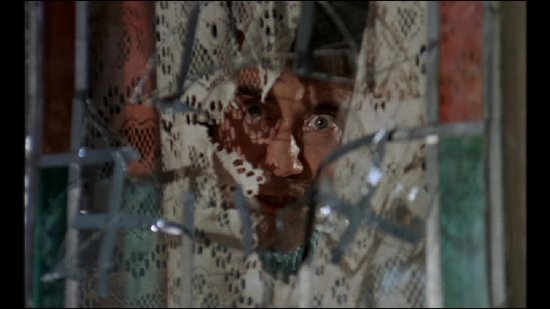
With such nauseating epics as Rosemary's Baby and Night of the Living Dead (both 1968), 'New Horror' was morphing into a beast with razor-sharp teeth. These were socially intuitive films with a new-fangled contemporary temperament. Horror began to pick at the scabs of our own culture. As Hammer Horror were thrashing the last rusty nail into their coffin with the likes of Frankenstein Must Be Destroyed (1969), Dr. Jekyll and Sister Hyde (1971) and Lust for a Vampire (1971) there was another British production company who were dealing in attentive horror films with a sharp social sensibility…
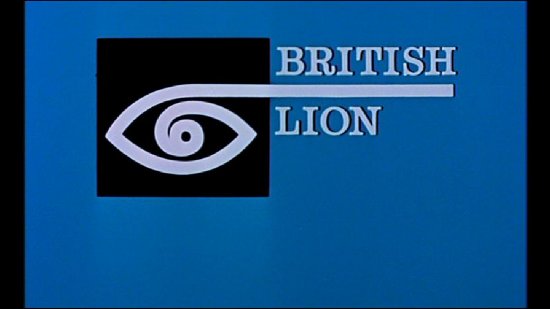
With such delights as Fright (1971), The Wicker Man (1973) and Don't Look Now (1973), British Lion Film began to challenge the pre-established order of British horror. The monsters from that distant fantasyland had signed their own death certificate. From that day on, we had to contend with serial killers standing on our doorsteps, axe in hand, waiting for us to open the door. Horror would never be the same again…
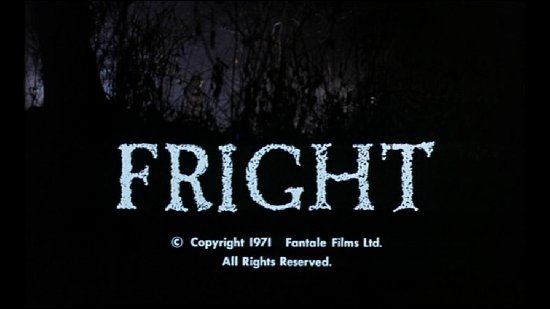
Helen and Jim are celebrating Helen's divorce from her husband Brian - 'why shouldn't one celebrate a divorce?' They ask local college girl Amanda to babysit their child Tara while they go to a fancy restaurant. Alone and frightened by the clamour of the cranky abode Amanda tries to distract herself by drinking cups of tea on the cosy sofa. As her fear dissipates, a frightful figure shuffles past the kitchen window. All the lights go out. There is a knock at the front door. FRIGHT clenches Amanda - 'who is it?'
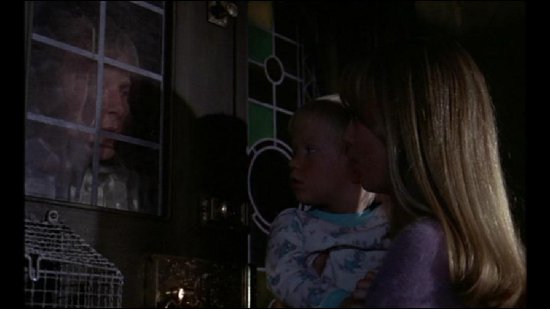
It's her boyfriend Chris. He wants to take advantage of their situation and makes a move. Amanda refuses to engage in any sordid action. In retaliation, Chris attempts to frighten Amanda by telling her about Helens ex-husband Brian who is in the 'nut house' for trying to kill his wife and child. Amanda is not amused and throws Chris out of the house. FRIGHT grips her once again…
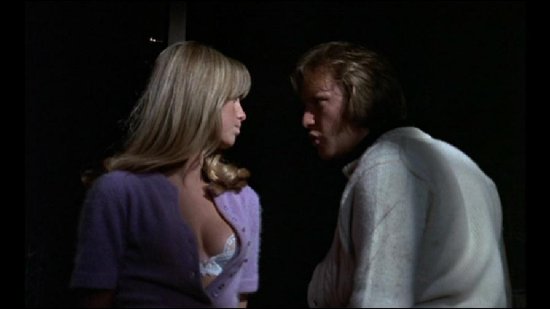
Alone, Amanda sits on the cosy sofa to watch Hammer Horror's Plague of the Zombies. As she switches the telly off, as the film is too frightening, there is a knock at the window. Moving the curtain to one side, she sees the contorted face of a stranger, smiling at her. Amanda screams and runs to the telephone to call Helen. Before Amanda can speak, the phone goes dead…
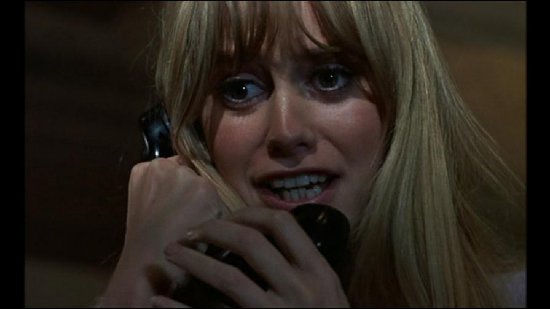
The psychologist in Brian's care Dr. Cordell contacts the police. Has Brian escaped from the asylum? Amanda seems to think so. After she finds the battered corpse of Chris on the doorstep, a strange man enters the house…
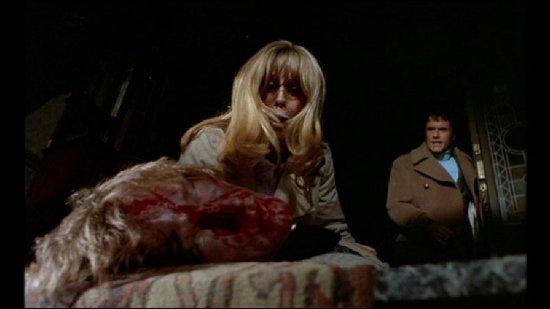
After the success of The Italian Job (1969), Peter Collinson cemented his reputation as a talented and effectual filmmaker with the horror film Fright (1971). Tudor Gates (who penned Barbarella [1968]) wrote the screenplay about a babysitter stalked by a psychotic killer. The cast included Susan George (Straw Dogs [1971]), Honor Blackman (Goldfinger [1964]), Ian Bannen (Waking Ned [1998]), George Cole and Dennis Waterman (who would later find fame together in the TV series Minder).
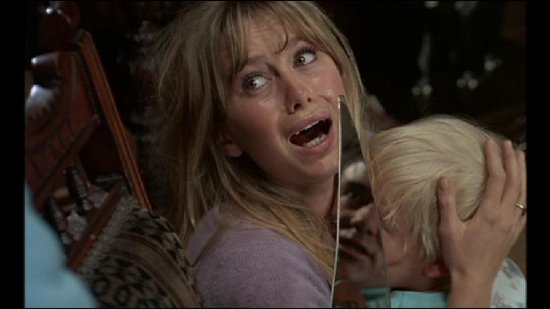
Fright has everything you want from a 70s horror movie. It has a simple story. The acting is top-notch. It instils fear and lust. The horror-induced visuals are creepy. The female protagonist screams a lot. The police are inept. The direction is unusual. The sound design is bombastic. The editing builds tension. The killer has a psychotic and unpredictable edge. We get to see cleavage. We get to see crayon red blood in all its glory and we feel a sense of sympathy for the killer. What more could you ask for from a horror film?
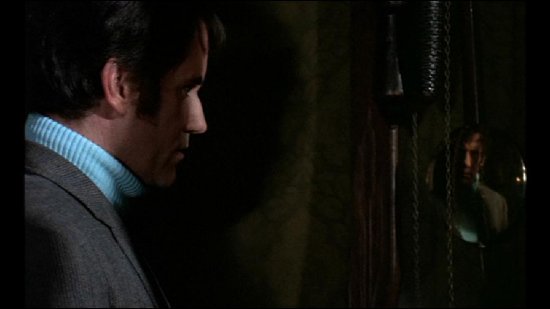
Even though Fright doesn't compare to The Wicker Man and Don't Look Now it has something unusual, something that modern horror films lack: personality, charm and a genuine sense of terror. It may not be the perfect example of the stalk and slash genre (the script is underdeveloped, the dialogue is somewhat contrived and the pace is rather tedious) but it's frightfully entertaining. This is due to the wacky direction by Peter Collinson and the high-calibre acting talent from Ian Bannen and Honor Blackman.
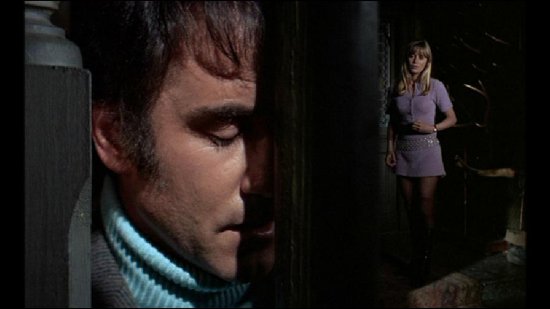
Susan George (who plays Amanda) is everything you want from a female protagonist, she's sweet, beautiful and innocent (in her low-cut purple dress, black tights, knee length boots and locks of blonde hair, you can't help but to ogle at her beauty). Honor Blackman (as the troubled wife Helen) manages to evoke a sense of painful dread as she discovers her husband has escaped from of the asylum to seek revenge.
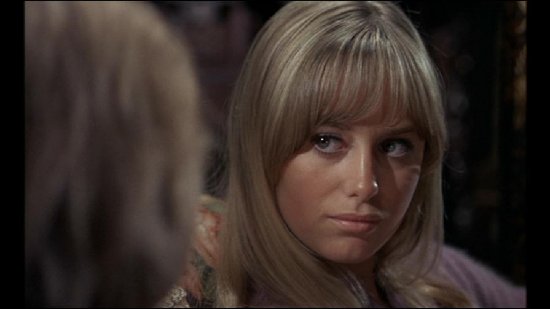
George Cole (as Helens love interest Jim) brings a level headed and logical approach to his performance, Dennis Waterman (as Amanda's boyfriend Chris) brings arrogance and a sense of 70s kitsch that is impossible to reproduce today. However, it's Ian Bannen as Brian who steals the show. He expresses the unhinged qualities of a man who has lost touch with reality and plays it with the vulnerability of a scared child. There is humanity in his madness, a sense of desperation and loss which sanity cannot control. You feel his anguish and pain.
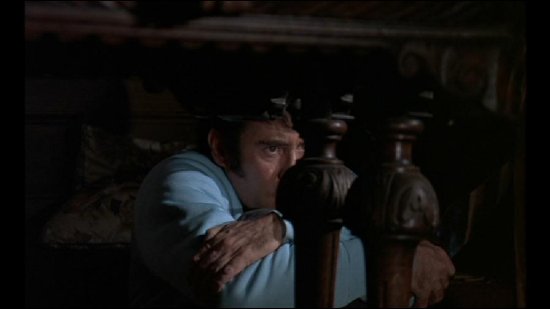
Disk: Even though it's your bog-standard featureless release the picture quality for this 40-year-old gem is superb, the sound is sharp and the price tag of £9.99 (from a certain DVD supplier) is more than reasonable.

Verdict: Fright is an old-fashioned low-budget delight that laid the foundations for the stalk and slash sub-genre (predating the likes of Black Christmas [1974] and Halloween [1978]). The haunted house conventions of the ticking clock, the creaking water pipes, the screaming kettle, the thunderous footsteps and the groaning doors help to give the film an extra dimension that leads to an almighty FRIGHT!
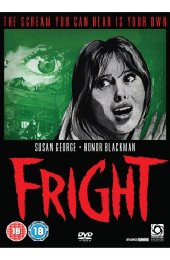









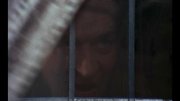

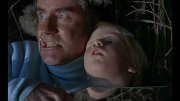

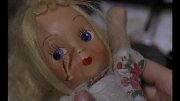


































Your Opinions and Comments
Be the first to post a comment!